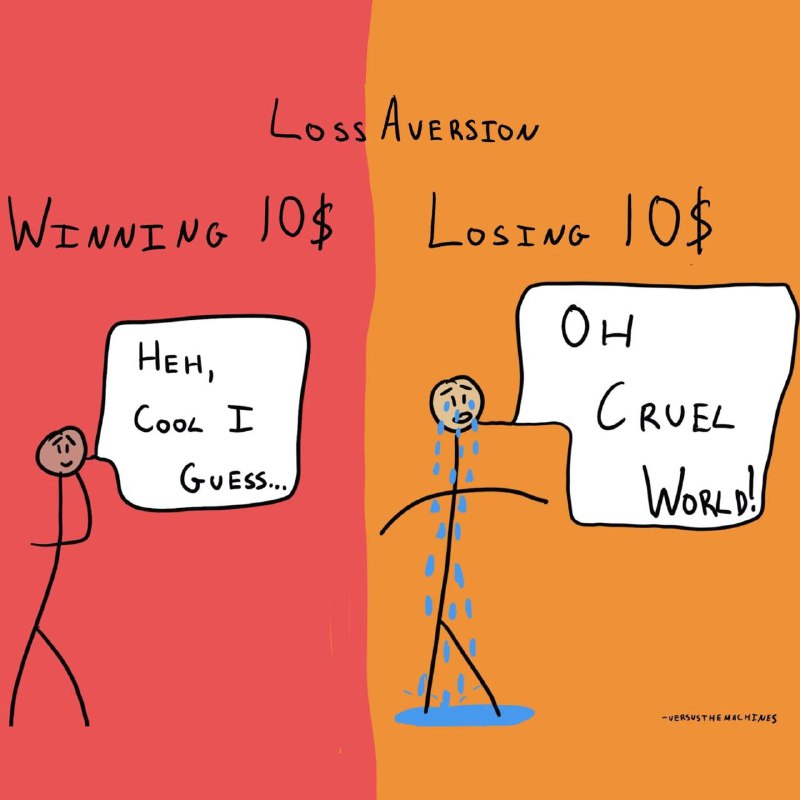tg-me.com/neurocognitionandlearning/5031
Last Update:
Loss aversion
Loss aversion is a cognitive bias where the pain of a loss is felt more strongly than the pleasure of an equivalent gain. This means people are more motivated to avoid losses than they are to acquire gains. For example, the pain of losing $100 is often felt more intensely than the pleasure of gaining $100.
Pain vs. Pleasure:
The pain of losing something is often felt more intensely than the pleasure of gaining the same thing.
Impact on Decisions:
Loss aversion can influence decisions, especially in situations involving risk or uncertainty, leading people to be more risk-averse when faced with potential losses.
Prospect Theory:
Loss aversion is a key component of prospect theory, developed by Daniel Kahneman and Amos Tversky, which explains how people make choices under risk.
🆔@neurocognitionandlearning
BY Neuroscience & Psychology

Share with your friend now:
tg-me.com/neurocognitionandlearning/5031
